Mountain whites
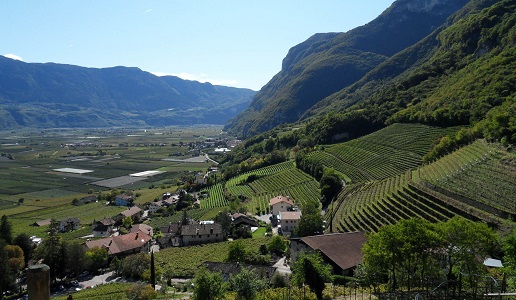
Fresh and sharp, agile and original, these are wines from high altitudes cultivated under extreme conditions and in an uncontaminated environment.
As opposed to the reds of the sea that we looked at a couple of weeks ago, today we look at white wines from high altitudes, those from vineyards cultivated under almost extreme conditions. Needless to say, we are dealing with heroic winegrowing because almost always high altitudes mean steep pitches that make working in the vineyard extremely complicated. But there are also some small terraced plots upheld by stone walls that are true works of art and constitute an integral part of Italy’s landscape and culture, which are themselves difficult to manage.
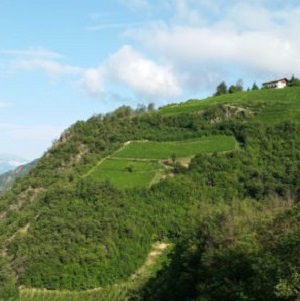 The mountain areas best suited for winegrowing are those with southern exposures, which are not much use for other cultivations or grazing. Often, especially in the lesser-zone zones (as opposed to Alto Adige and Valle d’Aosta), you can find very rare native varietals, those that have practically disappeared elsewhere and which have survived thanks to the physical impossibility of large-scale production.
The mountain areas best suited for winegrowing are those with southern exposures, which are not much use for other cultivations or grazing. Often, especially in the lesser-zone zones (as opposed to Alto Adige and Valle d’Aosta), you can find very rare native varietals, those that have practically disappeared elsewhere and which have survived thanks to the physical impossibility of large-scale production.
What do the various mountain vineyards have in common? First of all, a practically uncontaminated environment and clean air, both thanks to being far away from the smog of the city and plains. Then there is the crystalline light, which benefits photosynthesis in the plants, and the wind, which is generally stronger than at lower altitudes and helps keep the grapes healthy. Another aspect to take in consideration are the diurnal temperature variations, which are more pronounced in the mountains and enhance the aromatic development of the grapes.
Along with the pros there are, of course, some cons like those related to the climate like torrential rain and even hail storms. However, the current trend in climate change, here as elsewhere, and the rise in temperature may be beneficial in increasing production.
We begin our panorama with a wine produced at the lowest level, although this relative considering it is 800m above sea level.
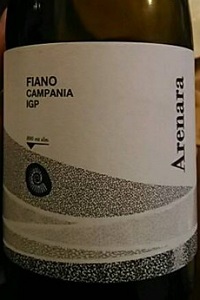 Campania Arenara 2017 Agricola Cianciulli
Campania Arenara 2017 Agricola Cianciulli
93/100 - € 22,00
Michele and Pino Cianciulli brothers produce this wine in only 4,500 bottles and 2.5 hectares of vineyard. The Fiano grapes are cultivated at 800 meters of altitude in high Irpinia. Stainless steel only. Bright straw yellow color. Wide aromas of broom flowers, orange blossom, sage, pine and anise. Sharp taste, refreshing acidity and nice balance. Long finish, elegant and almondy.
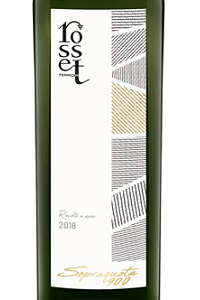 Sopraquota 900 2018 Le Rosset
Sopraquota 900 2018 Le Rosset
93/100 - € 38
This blend is made with grapes from an over-30-year-old vineyard that is situated at an altitude of over 900m above sea level and the estate wants to keep the composition of the blend a secret. The varietals are harvested separately and the wine matures in part in amphorae, in part in pots, in part in barriques and in part in stainless steel. The beautiful result is a wine that blows your mind and excites your senses. The color is a bright straw-yellow and the complex aroma is a mixture of white fruit, peach and medlar with floral sensations that lean towards yellow but not excessively so. The tight mouthfeel has a broad and consistent progression with a sapidity that makes it an agile and very flavorful drop. The finish is very persistent. A wine that will improve with age.
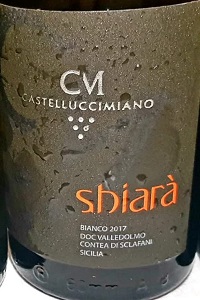 Valledolmo Contea di Sclafani Shiarà 2017 Castellucci Miano
Valledolmo Contea di Sclafani Shiarà 2017 Castellucci Miano
96/100 - € 22,00
Castellucci Miano means 75 hectares of vineyards in the territory of Valledolmo, on the slopes of the Madonie, with vineyards divided into even tiny plots. Shiarà is made from catarratto grapes from the oldest vineyards, small trees cultivated between 900 and 1,000 meters. Stainless steel only on the yeasts for 6 months.
ntense straw yellow color. Aromas of alfalfa, medlar, hints of cedar and tropical fruits. Great freshness on the palate, agile and dynamic body, juicy, light and easy to drink.
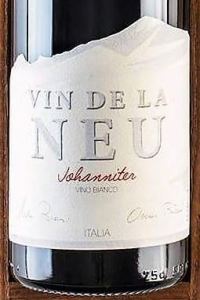
92/100 - € 98
From johanniter grapes grown in alberello and harvested in mid-October. It ferments in wood and matures 12 months in barriques on the lees. Strawberry with greenish reflections, shows a clear and intense nose on white peach, medlar, then a touch of pine and boxwood. The taste is elegant, vertical and dynamic, with a savoury note that well supports the drink and reaches a smooth and very persistent finish.
About 500 bottles and a few magnums produced.
 AA Müller Thurgau Feldmarschall von Fenner 2017 Tiefenbrunner
AA Müller Thurgau Feldmarschall von Fenner 2017 Tiefenbrunner
96/100 - € 22,00
The 3 hectares on the Favogna mountain, in the lower Atesina, at an altitude of 1,000 metres, represent the highest müller thurgau grape growing land in Europe. This is where the grapes come from for this wine, which matures half in steel and half in large casks for 12 months.
Bright straw yellow color. Complex aromas of saffron, aromatic herbs and flint. Concentrated but agile taste, very neat. Notes of iodine in the very long finish.
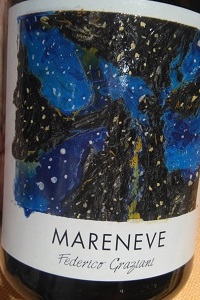
91/100 - € 35
We're on Etna, above the Doc area. From an experimental vineyard in Contrada Nave, Bronte, at 1,200 meters above sea level. From riesling, gewürztraminer and grecanico grapes with a small balance of chenin blanc and carricante. Refines in steel on fine lees for 6 months.
Brilliant straw with greenish hues. On the nose it is intense, fine and complex with ripe apple, cedar, sorb, hints of flint and a slight hint of macaroons. The sip is very fresh, compact, well structured, salty and very long.

 Italiano
Italiano



















